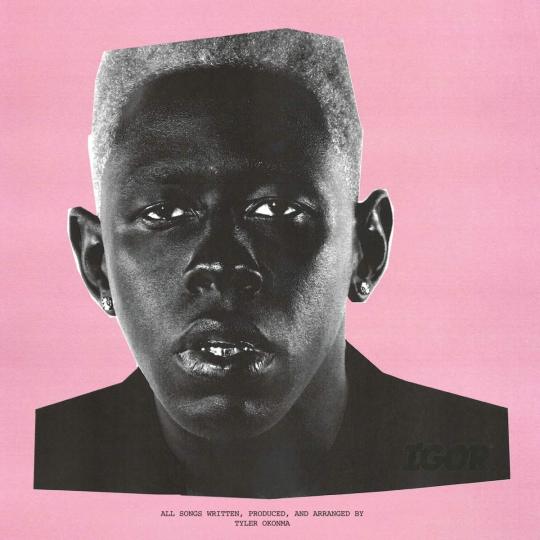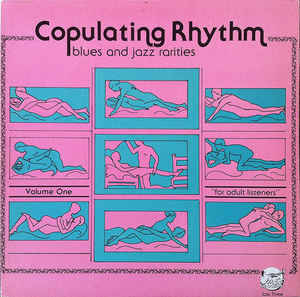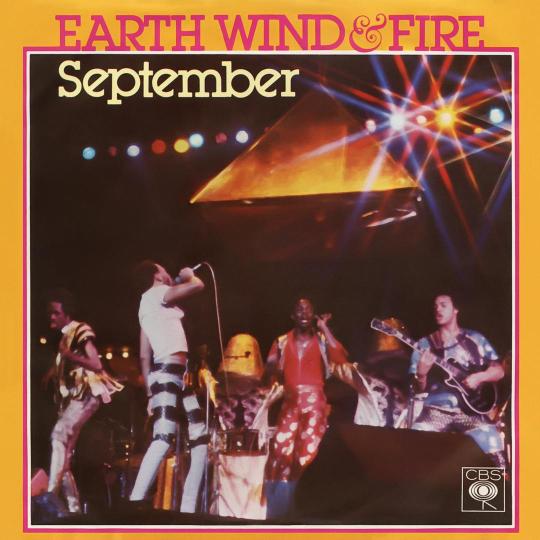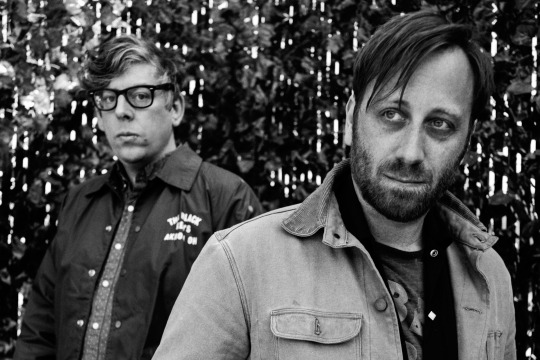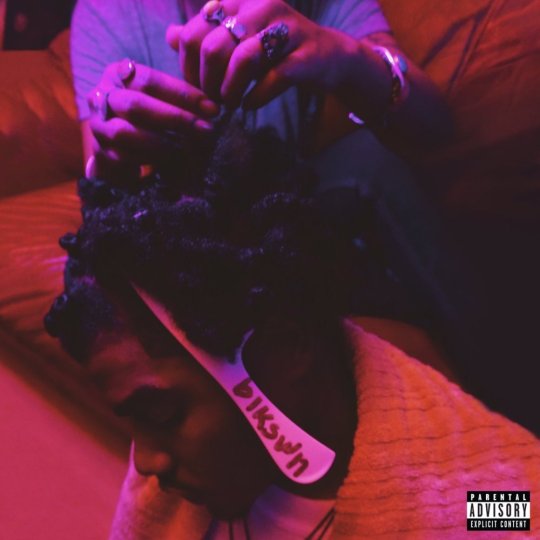Within the realm of popular music, few songs have the staying power remain in our collective consciousness for more than a moment. There are protest songs like “A Change is Gonna Come” and arena anthems like “We Will Rock You”, but no song that has captured the cultural zeitgeist has a story behind it quite like “Hallelujah”.
Hallelujah was originally written by Leonard Cohen in 1984 and has since been covered more than a hundred times over. As a singer, songwriter and novelist, Cohen was best known for his sublime poetry and baritone vocal range. The song was written during the early 80s, a period in his career that was creatively stagnant. As a meticulous writer who was always revising material, he wrote more than 50 verses for the song over the span of 5 years – at one point, Cohen found himself banging his head on the floor of a hotel room because he just couldn’t finish the song.
So, given how long Cohen slaved over the song, Hallelujah was sure to be an instant hit – right?
Well, not quite. Leonard Cohen recorded his Hallelujah for the 1984 album Various Positions, but when he brought his project to his record label they rejected it. But he didn’t give up there – instead, he took the record to an independent label that agreed to release it.
So, was this when Hallelujah hit the charts?
Well, again, no – Various Positions was a commercial failure, but it was at this point that the song took on a life of its own. Among the first to pick up the song was the Velvet Underground’s own John Cale, who was inspired to record his own version after attending a live performance of it. Cale’s Hallelujah landed on a Leonard Cohen tribute album called I’m Your Fan, released in 1991.
So, was this where the song gained traction, capturing the hearts of millions?
Not yet. Like Various Positions, I’m Your Fan was largely ignored by the public and, seven years after its initial release, Hallelujah remained in obscurity. This is where the story gets really remarkable: one of the few people to purchase I’m Your Fan was a woman named Janine. Janine, who lived in New York, happened to be friends with a certain up-and-coming musician named Jeff Buckley, who decided to add Hallelujah to his live setlist. This landed him a deal with Columbia, and his version of the song landed on his 1994 debut Grace.
So, after 10 years on the sidelines, was this when Hallelujah finally entered the spotlight?
Once, again, no – despite the critical praise Grace received, it was a commercial flop like the previous iterations of Hallelujah. It wasn’t until 1997 when Jeff Buckley accidently drowned in the Wolf River that his only studio album saw commercial success, bringing his music – and Hallelujah – to a mainstream audience. More than 15 years after it was conceived, this tragedy is what thrusted Cohen’s 5-year labor of love into the spotlight.
Once Hallelujah hit the mainstream, it spread like wildfire. The song was introduced to a younger audience with its inclusion in 2001’s Shrek, and has appeared in numerous TV shows such as the OC, the X Factor, and the West Wing. At this point, it’s safe to say that Hallelujah has been cemented into our collective consciousness.
There you have it: the unlikely success story of Leonard Cohen’s Hallelujah. Let’s take a second to reflect on the contingencies that made such an event possible. If Cohen hadn’t been rejected by his record label, John Cale may have never heard the song, and it may have never ended up on a tribute album. If Jeff Buckley never heard that album, the song never would have ended up on Grace. And if Buckley had not tragically drowned, his work may have never reached the masses – and Hallelujah as we know it may have never happened.
– DJ Mango

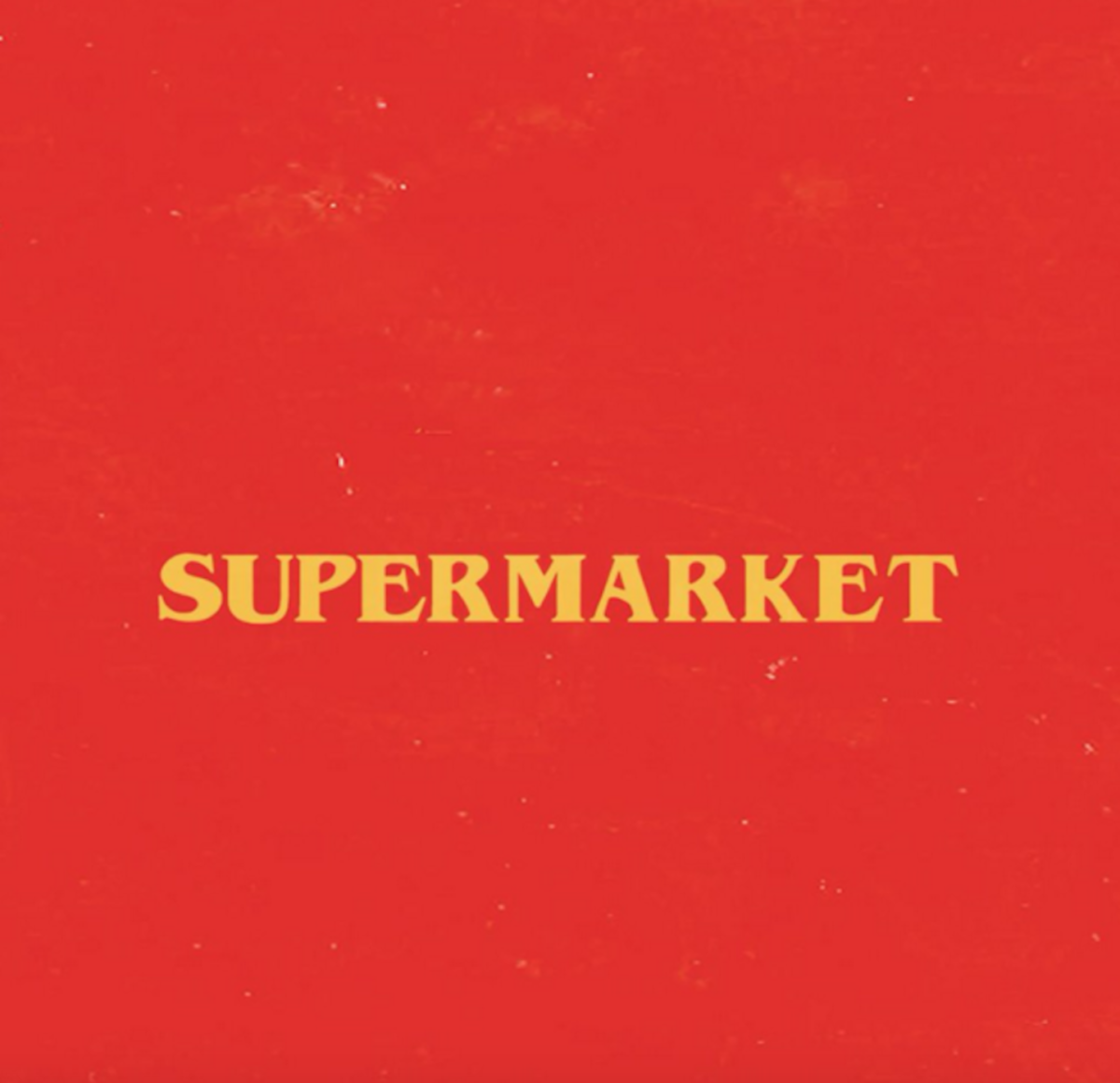

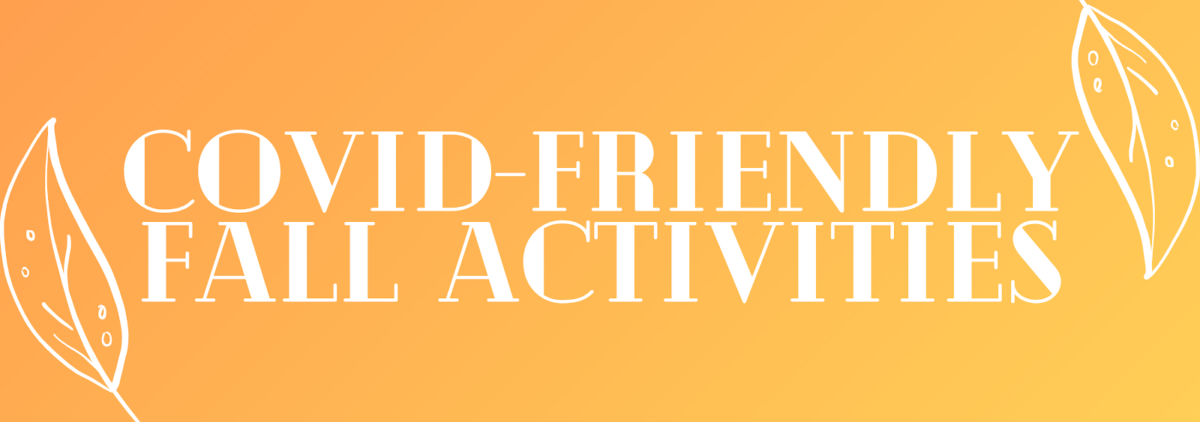
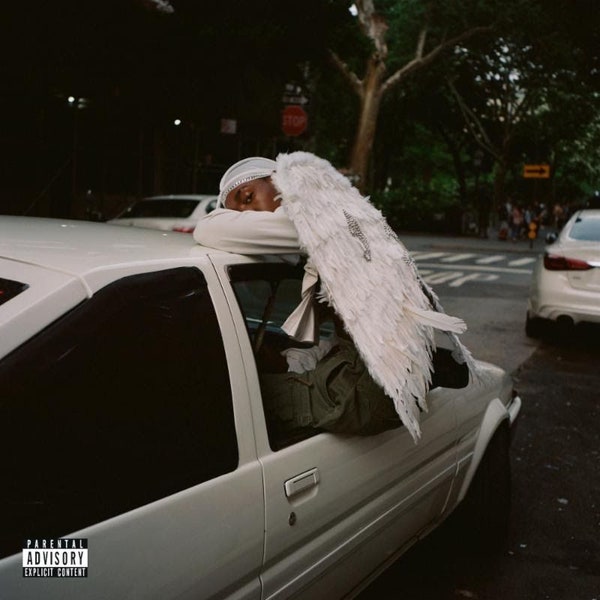



:format(jpeg):mode_rgb():quality(90)/discogs-images/R-5458020-1488389740-9570.jpeg.jpg)


